.
14.10.2015
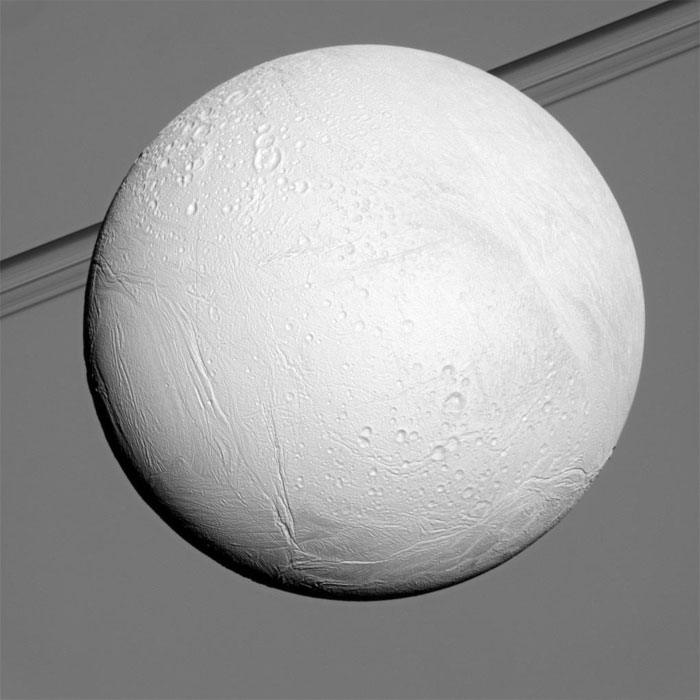
Earlier in Cassini's mission at Saturn, northern terrains on the ocean-bearing icy moon Enceladus were in the shadow of winter.
Credits: NASA/JPL-Caltech
-
NASA's Cassini spacecraft will wrap up its time in the region of Saturn's large, icy moons with a series of three close encounters with Enceladus starting Wednesday, Oct. 14. Images are expected to begin arriving one to two days after the flyby, which will provide the first opportunity for a close-up look at the north polar region of Enceladus.
Wednesday’s flyby is considered a moderately close approach for Cassini, which will pass at an altitude of 1,142 miles (1,839 kilometers) above the moon's surface. Closest approach to Enceladus will occur at 6:41 a.m. EDT (3:41 a.m. PDT). The spacecraft’s final two approaches will take place in late October and mid-December.
During Cassini’s early-mission encounters with the moon, the northern terrain of Enceladus was masked by wintry darkness. Now that the summer sun is shining on the high northern latitudes, scientists will be looking for signs of ancient geological activity similar to the geyser-spouting, tiger-stripe fractures in the moon's south polar region. Features observed during the flyby could help them understand whether the north also was geologically active at some time in the past.
"We've been following a trail of clues on Enceladus for 10 years now," said Bonnie Buratti, a Cassini science team member and icy moons expert at NASA's Jet Propulsion Laboratory (JPL) in Pasadena, California. "The amount of activity on and beneath this moon's surface has been a huge surprise to us. We're still trying to figure out what its history has been, and how it came to be this way."
Since Cassini's 2005 discovery of continually-erupting fountains of icy material on Enceladus, the Saturn moon has become one of the most promising places in the solar system to search for present-day habitable environments. Mission scientists announced evidence in March that hydrothermal activity may be occurring on the seafloor of the moon's underground ocean. In September they broke news that its ocean -- previously thought to be only a regional sea -- was, in fact, global.
"The global nature of Enceladus' ocean and the inference that hydrothermal systems might exist at the ocean's base strengthen the case that this small moon of Saturn may have environments similar to those at the bottom of our own ocean," said Jonathan Lunine, an interdisciplinary scientist on the Cassini mission at Cornell University in Ithaca, New York. "It is therefore very tempting to imagine that life could exist in such a habitable realm, a billion miles from our home."
The Oct. 14 encounter will serve as a prelude to the main event, a flyby of Enceladus on Wednesday, Oct. 28, during which Cassini will come dizzyingly close to the icy moon, passing a mere 30 miles (49 kilometers) above the moon's south polar region. During this encounter, Cassini will make its deepest-ever dive through the moon's plume of icy spray, collecting images and valuable data about what's going on beneath the frozen surface. Cassini scientists are hopeful data from that flyby will provide evidence of how much hydrothermal activity is occurring in the moon's ocean, and how the amount of activity impacts the habitability of Enceladus’ ocean.
Cassini's final close flyby on Dec. 19 will examine how much heat is coming from the moon's interior from an altitude of 3,106 miles (4,999 kilometers).

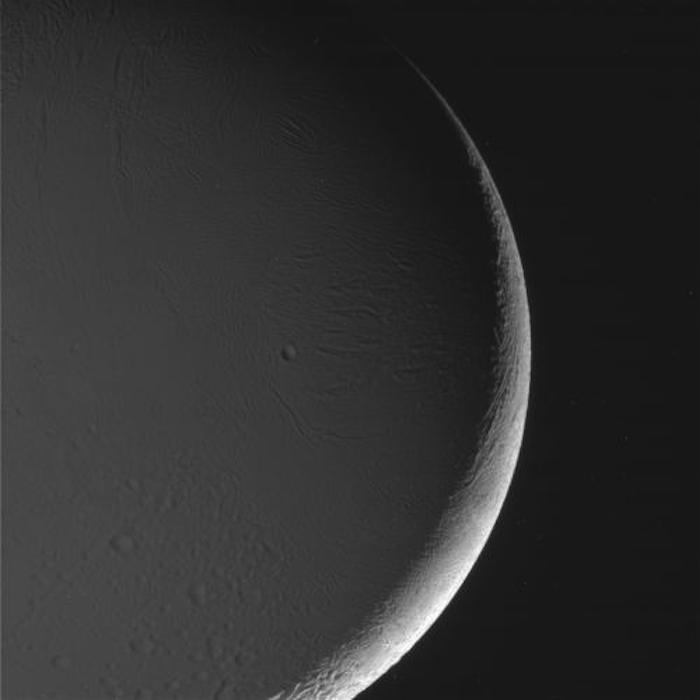
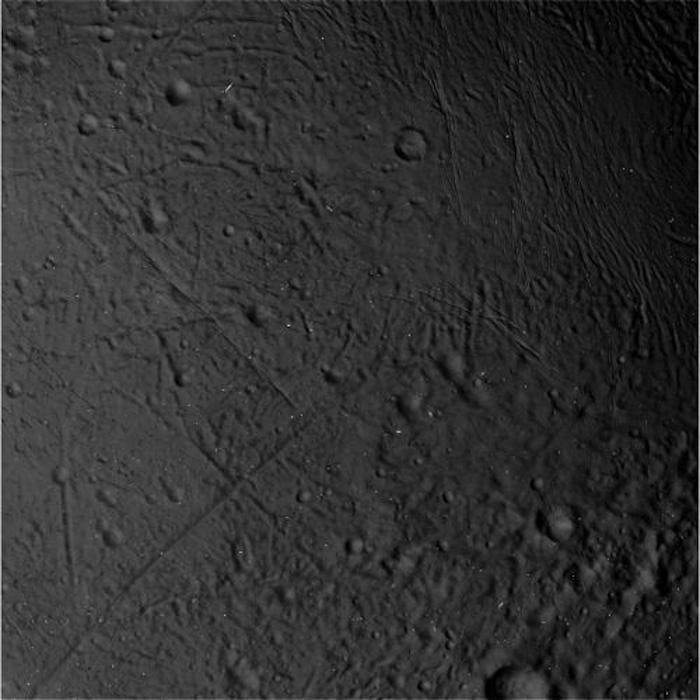
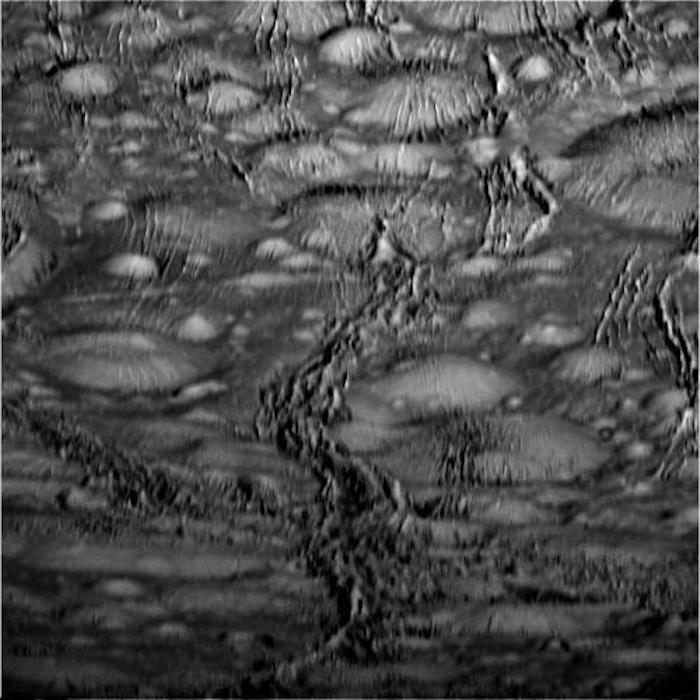
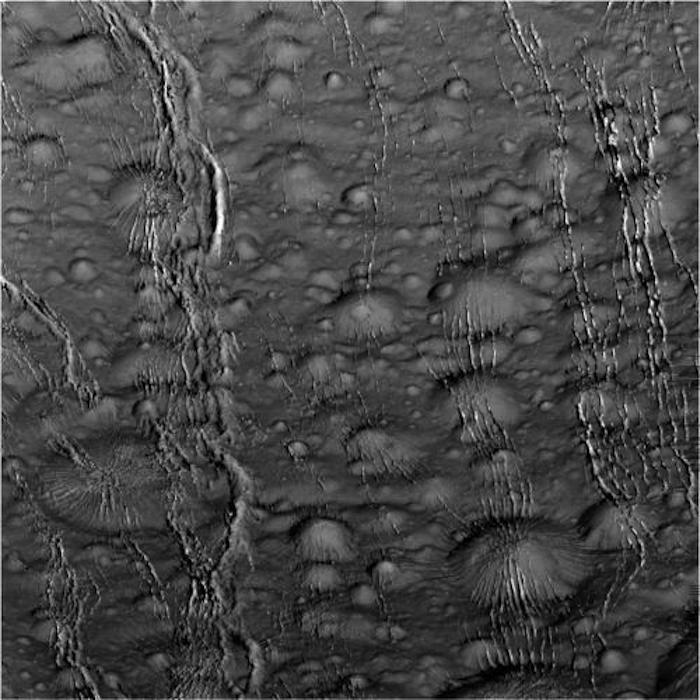
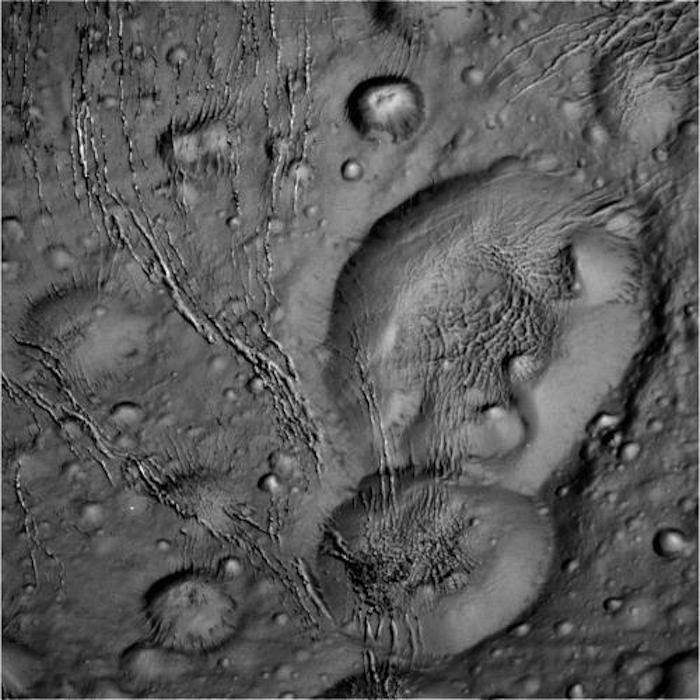
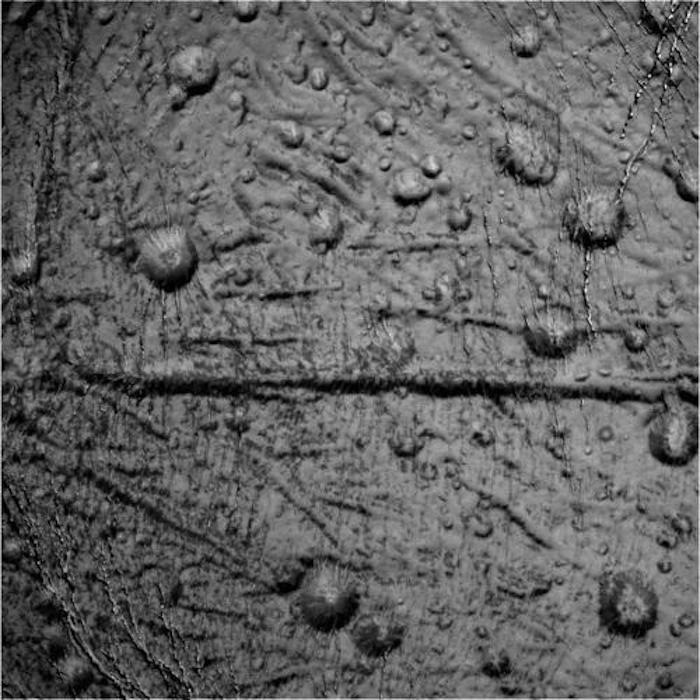
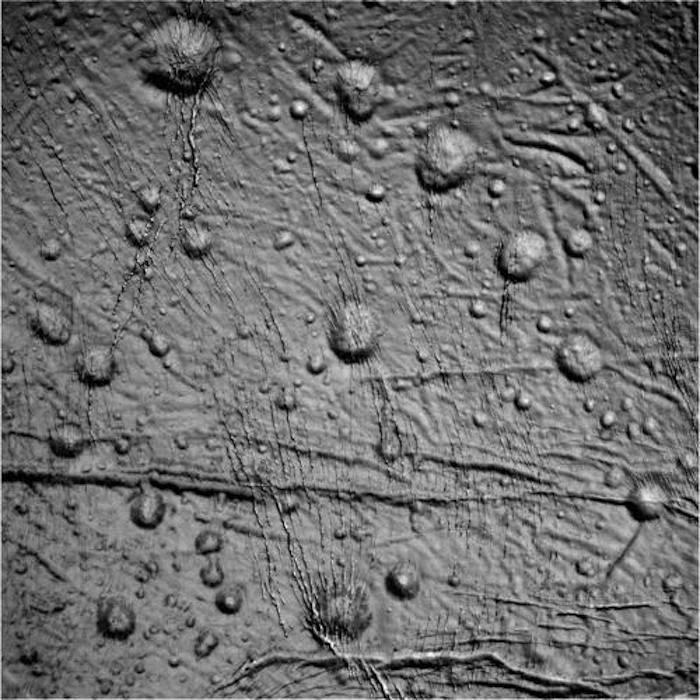
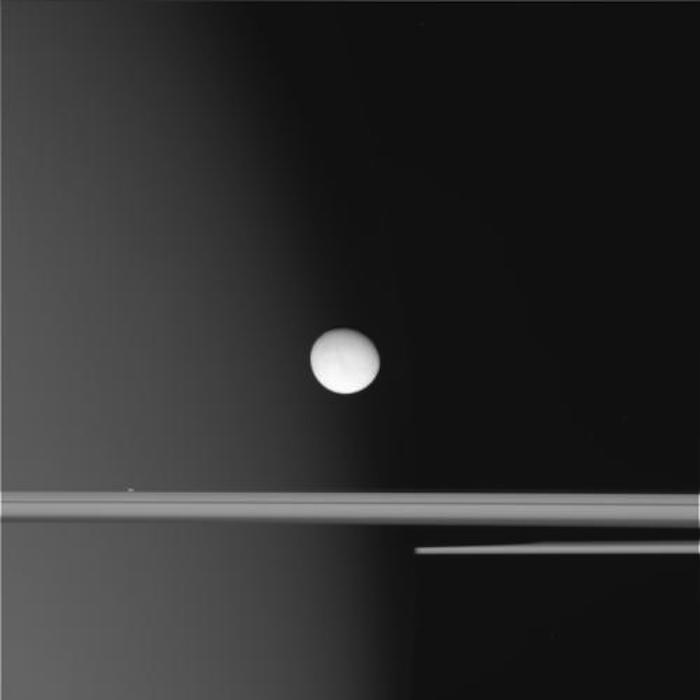
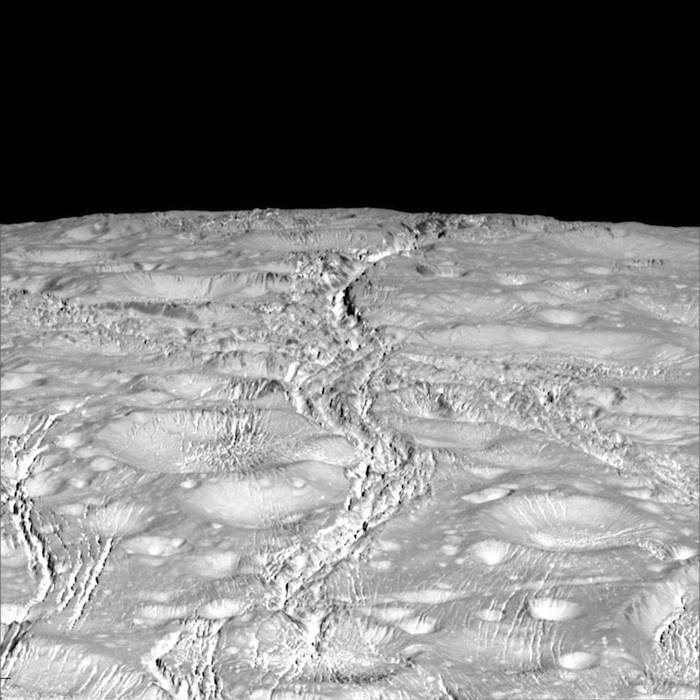
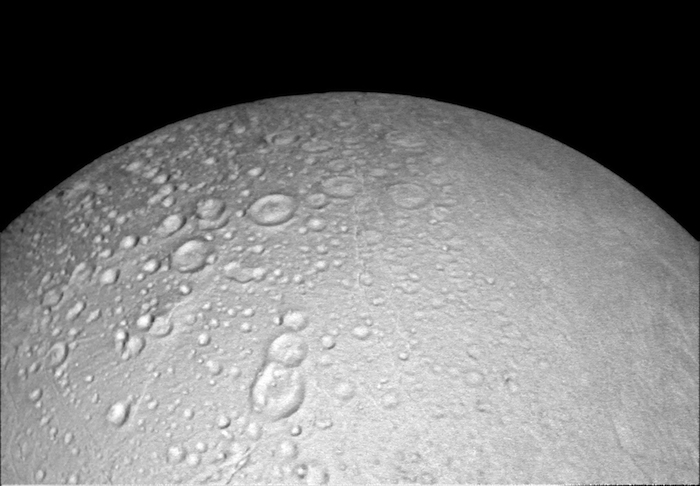

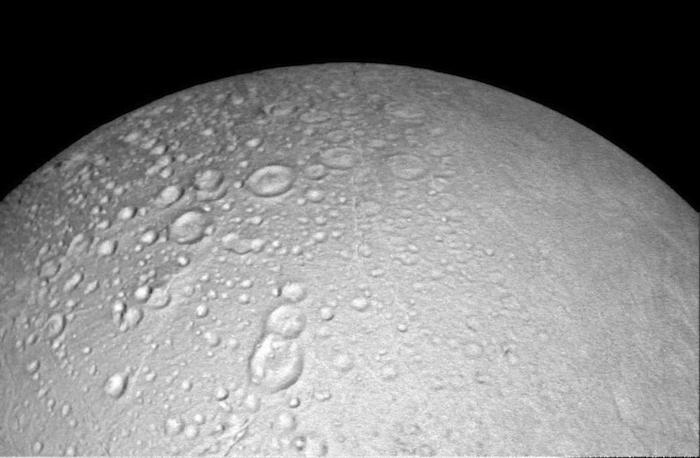
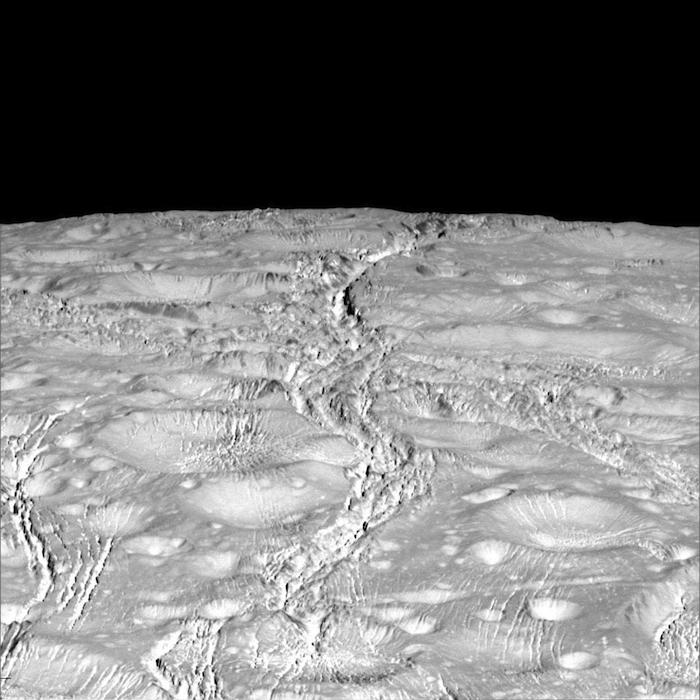
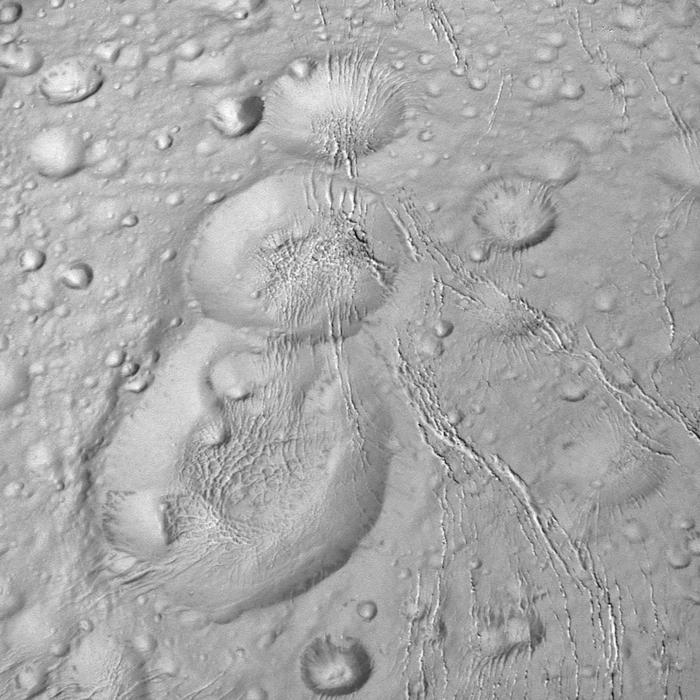
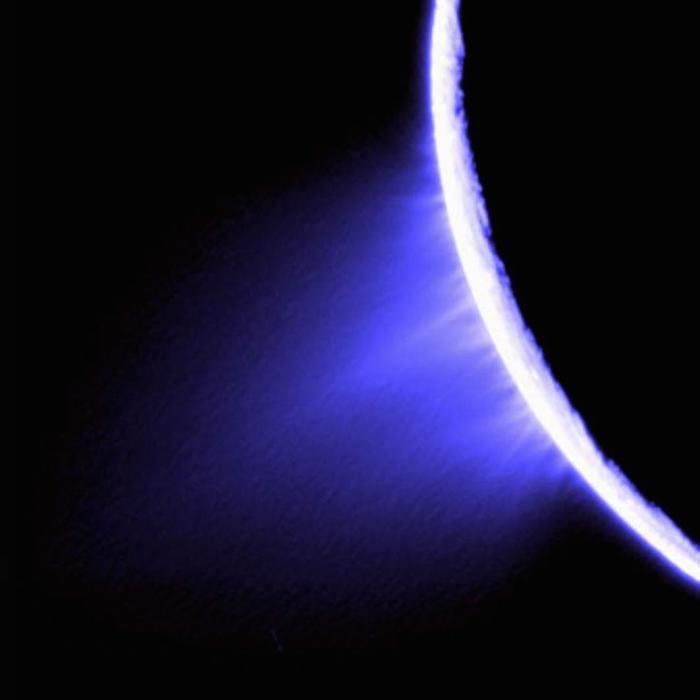

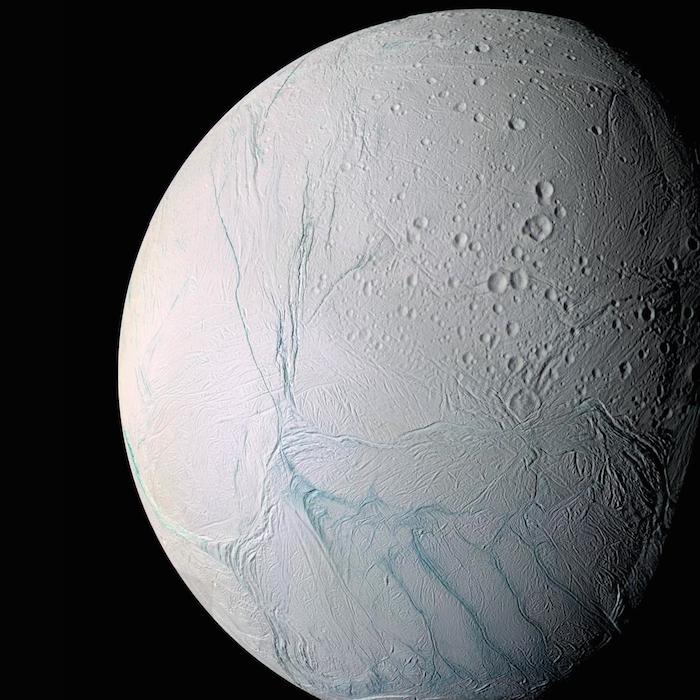
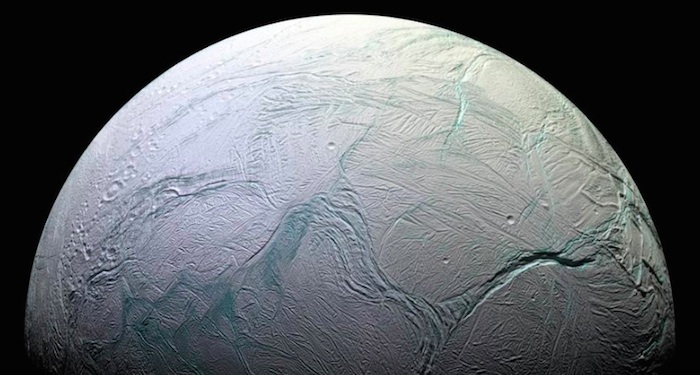
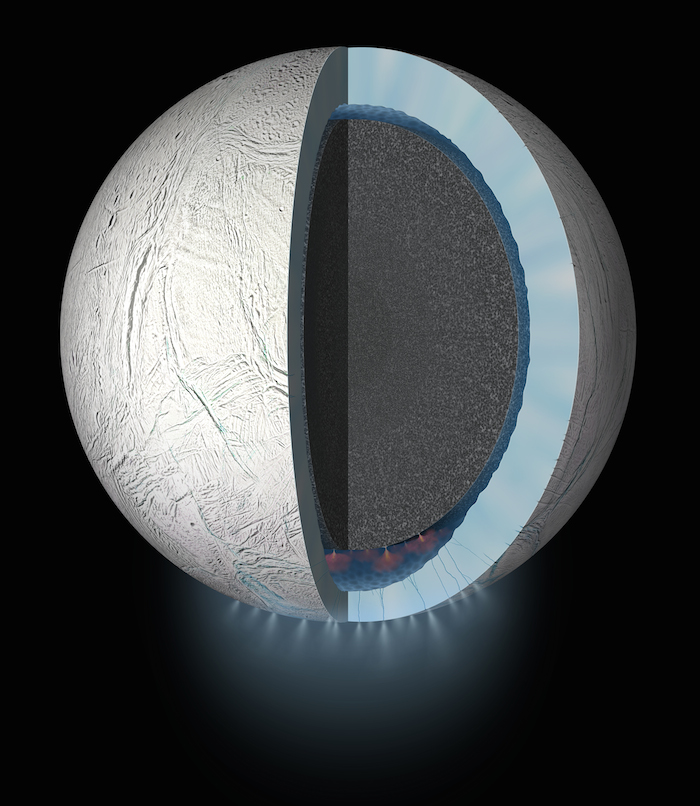
Cassini arrived at Saturn in 2004 and still has about two years left on its mission. Beginning in November, mission controllers will begin to slowly raise Cassini's orbit out of the space around the Saturn’s equator, where flybys of the large moons are more common. Coming up are a number of closest-ever brushes with the small moons that huddle near the planet's rings.
-
Final Flybys
14 Oct 2015: Cassini will get the best views yet of the moon's north polar regions during this flyby at an altitude of 1,142 miles, or 1,839 kilometers.
28 Oct 2015: Cassini will make a daring flight through the moon's famous plumes only 30 miles (48 kilometers) of Enceladus' south pole. The flyby is timed to occur when the moon's plumes are at their maximum output -- a first for the mission. This will allow Cassini to obtain the most accurate measurements yet of the plume's composition.
19 Dec 2015: Cassini's final targeted flyby will allow the spacecraft to measure heat flow from the moon's interior at an altitude of 3,106 miles, or 4,999 kilometers
"We'll continue observing Enceladus and its remarkable activity for the remainder of our precious time at Saturn," said Linda Spilker, Cassini project scientist at JPL. "But these three encounters will be our last chance to see this fascinating world up close for many years to come."
The Cassini-Huygens mission is a cooperative project of NASA, ESA (European Space Agency) and the Italian Space Agency. JPL manages the mission for NASA's Science Mission Directorate in Washington.
Quelle: NASA
---
Update: 15.10.2015
.
Die ersten Fotos von Cassini:
.

N00249426.jpg was taken on October 14, 2015 and received on Earth October 15, 2015. The camera was pointing toward ENCELADUS, and the image was taken using the CL1 and CL2 filters.
.

N00249425.jpg was taken on October 14, 2015 and received on Earth October 15, 2015. The camera was pointing toward ENCELADUS, and the image was taken using the CL1 and CL2 filters.
.

N00249417.jpg was taken on October 14, 2015 and received on Earth October 15, 2015. The camera was pointing toward ENCELADUS, and the image was taken using the CL1 and CL2 filters.
.

N00249416.jpg was taken on October 14, 2015 and received on Earth October 15, 2015. The camera was pointing toward ENCELADUS, and the image was taken using the CL1 and IR3 filters.
.

N00249412.jpg was taken on October 14, 2015 and received on Earth October 15, 2015. The camera was pointing toward ENCELADUS, and the image was taken using the CL1 and GRN filters.
.

N00249411.jpg was taken on October 14, 2015 and received on Earth October 15, 2015. The camera was pointing toward ENCELADUS, and the image was taken using the CL1 and IR3 filters.
.

N00249408.jpg was taken on October 14, 2015 and received on Earth October 15, 2015. The camera was pointing toward ENCELADUS, and the image was taken using the CL1 and IR3 filters.
.

N00249399.jpg was taken on October 14, 2015 and received on Earth October 15, 2015. The camera was pointing toward ENCELADUS, and the image was taken using the CL1 and IR3 filters.
.

Full-Res: W00094832.jpg
W00094832.jpg was taken on October 14, 2015 and received on Earth October 15, 2015. The camera was pointing toward ENCELADUS, and the image was taken using the CL1 and CL2 filters.
Quelle: NASA
-
Update: 16.10.2015
.
Closest Northern Views of Saturn's Moon Enceladus

NASA's Cassini spacecraft zoomed by Saturn's icy moon Enceladus on Oct. 14, 2015, capturing this stunning image of the moon's north pole.
Credits: NASA/JPL-Caltech/Space Science Institute
.
NASA's Cassini spacecraft has begun returning its best-ever views of the northern extremes of Saturn's icy, ocean-bearing moon Enceladus. The spacecraft obtained the images during its Oct. 14 flyby, passing 1,142 miles (1,839 kilometers) above the moon's surface. Mission controllers say the spacecraft will continue transmitting images and other data from the encounter for the next several days.
Scientists expected the north polar region of Enceladus to be heavily cratered, based on low-resolution images from the Voyager mission, but the new high-resolution Cassini images show a landscape of stark contrasts. "The northern regions are crisscrossed by a spidery network of gossamer-thin cracks that slice through the craters," said Paul Helfenstein, a member of the Cassini imaging team at Cornell University, Ithaca, New York. "These thin cracks are ubiquitous on Enceladus, and now we see that they extend across the northern terrains as well."
.

This view from NASA's Cassini spacecraft shows battered terrain around the north pole of Saturn's icy moon Enceladus.
Credits: NASA/JPL-Caltech/Space Science Institute
.
Cassini's next encounter with Enceladus is planned for Oct. 28, when the spacecraft will come within 30 miles (49 kilometers) of the moon's south polar region. During the encounter, Cassini will make its deepest-ever dive through the moon's plume of icy spray, sampling the chemistry of the extraterrestrial ocean beneath the ice. Mission scientists are hopeful data from that flyby will provide evidence of how much hydrothermal activity is occurring in the moon's ocean, along with more detailed insights about the ocean's chemistry -- both of which relate to the potential habitability of Enceladus.
Cassini's final close Enceladus flyby will take place on Dec. 19, when the spacecraft will measure the amount of heat coming from the moon's interior. The flyby will be at an altitude of 3,106 miles (4,999 kilometers).
.

NASA's Cassini spacecraft spied this tight trio of craters as it approached Saturn's icy moon Enceladus for a close flyby on Oct. 14, 2015.
Quelle: NASA
-
Update: 26.10.2015
.
Cassini unveils the wintry world of Enceladus
The Cassini-Huygens mission has just returned to Saturn's icy moon Enceladus for a flyby of its previously unseen northern region. Bill Condie charts the mission's latest discoveries.
.

his view from NASA's Cassini spacecraft shows battered terrain around the north pole of Saturn's icy moon Enceladus. Craters crowd and overlap each other, each one recording an impact in the moon's distant past.
CREDIT: NASA / JPL-CALTECH / SPACE SCIENCE INSTITUTE
-
The last time NASA's Cassini spacecraft flew by Saturn's moon Enceladus its northern regions were shrouded in darkness during the depths of winter. Now, in the final days of its mission, Cassini is back and delivering images of the moon's north pole in unprecedented detail, taken from just 1,839 kilometres above the surface.
Before this flyby, scientists expected the north polar region to be heavily cratered, based on low-resolution images from the Voyager mission, and they weren't disappointed. The craters were there, but a more complex picture began to emerge. The surface also displays an unexpected and circuitous pattern of cracks and fractures, as can be seen in the images below.
"The northern regions are crisscrossed by a spidery network of gossamer-thin cracks that slice through the craters," said Paul Helfenstein, a member of the Cassini imaging team at Cornell University. "These thin cracks are ubiquitous on Enceladus, and now we see that they extend across the northern terrains as well."
.

NASA's Cassini spacecraft zoomed by Saturn's icy moon Enceladus on Oct. 14, 2015, capturing this stunning image of the moon's north pole.
CREDIT: NASA / JPL-CALTECH / SPACE SCIENCE INSTITUTE
.

NASA's Cassini spacecraft spied this tight trio of craters as it approached Saturn's icy moon Enceladus for a close flyby on Oct. 14, 2015. The craters, located at high northern latitudes, are sliced through by thin fractures -- part of a network of similar cracks that wrap around the snow-white moon.
CREDIT: NASA / JPL-CALTECH / SPACE SCIENCE INSTITUTE
-
That is an exciting discovery as scientists believe the fractures may be the result of surface movement and more evidence of a vast ocean beneath the frozen surface of the moon.
Earlier observations by Cassini revealed a fine spray of water vapour, icy particles and simple organic molecules from fractures near Enceladus' south pole, as can be seen in the images below. They believe that is being fed by a vast liquid water reservoir beneath the surface.
That supported earlier evidence of the ocean when researchers found the magnitude of the moon's very slight wobble, as it orbits Saturn, could only be accounted for if its outer ice shell is not frozen solid to its interior.
.

Cassini imaging scientists used views like this one to help them identify the source locations for individual jets spurting ice particles, water vapor and trace organic compounds from the surface of Saturn's moon Enceladus.
.

he basin of fractures near Enceladus' south pole.
CREDIT: NASA / JPL-CALTECH / SPACE SCIENCE INSTITUTE
-
Cassini's next encounter with Enceladus is planned for later this week when the spacecraft will come within about 50 kilometres of the moon's south polar region. The spacecraft will dive deeply through the plumes of icy spray in a bid to understand the chemistry of the ocean beneath the ice.
Scientists hope the data will provide evidence of how much hydrothermal activity is occurring in the moon's ocean. This in turn may give insights into the possibility that Enceladus could harbour life.
Cassini's final close Enceladus flyby will take place on 19 December at an altitude of 5,000 kilometres when it will measure the amount of heat coming from the moon's interior. It will give the fullest picture yet of this beautiful, ice-bound moon.
.

.

A masterpiece of deep time and wrenching gravity, the tortured surface of Saturn's moon Enceladus and its fascinating ongoing geologic activity tell the story of the ancient and present struggles of one tiny world. This is a story that is recounted by imaging scientists in a paper published in the journal Science on March 10, 2006.
CREDIT: NASA / JPL / SPACE SCIENCE INSTITUTE
Quelle: COSMOS
-
Seven Key Facts About Cassini's Oct. 28 'Plume Dive'

This artist’s rendering showing a cutaway view into the interior of Saturn’s moon Enceladus. NASA’s Cassini spacecraft discovered the moon has a global ocean and likely hydrothermal activity. A plume of ice particles, water vapor and organic molecules sprays from fractures in the moon's south polar region.
Credits: NASA/JPL-Caltech
.
NASA's Cassini spacecraft will sample the ocean of Saturn's moon Enceladus on Wednesday, Oct. 28, when it flies through the moon's plume of icy spray.
Cassini launched in 1997 and entered orbit around Saturn in 2004. Since then, it has been studying the huge planet, its rings and its magnetic field. Here are some things to know about the mission's upcoming close flyby of Enceladus:
-- Enceladus is an icy moon of Saturn. Early in its mission, Cassini discovered Enceladus has remarkable geologic activity, including a towering plume of ice, water vapor and organic molecules spraying from its south polar region. Cassini later determined the moon has a global ocean and likely hydrothermal activity, meaning it could have the ingredients needed to support simple life.
-- The flyby will be Cassini's deepest-ever dive through the Enceladus plume, which is thought to come from the ocean below. The spacecraft has flown closer to the surface of Enceladus before, but never this low directly through the active plume.
-- The flyby is not intended to detect life, but it will provide powerful new insights about how habitable the ocean environment is within Enceladus.
-- Cassini scientists are hopeful the flyby will provide insights about how much hydrothermal activity -- that is, chemistry involving rock and hot water -- is occurring within Enceladus. This activity could have important implications for the potential habitability of the ocean for simple forms of life. The critical measurement for these questions is the detection of molecular hydrogen by the spacecraft.
-- Scientists also expect to better understand the chemistry of the plume as a result of the flyby. The low altitude of the encounter is, in part, intended to afford Cassini greater sensitivity to heavier, more massive molecules, including organics, than the spacecraft has observed during previous, higher-altitude passes through the plume.
-- The flyby will help solve the mystery of whether the plume is composed of column-like, individual jets, or sinuous, icy curtain eruptions -- or a combination of both. The answer would make clearer how material is getting to the surface from the ocean below.
-- Researchers are not sure how much icy material the plumes are actually spraying into space. The amount of activity has major implications for how long Enceladus might have been active.
Quelle: NASA5167 Views
